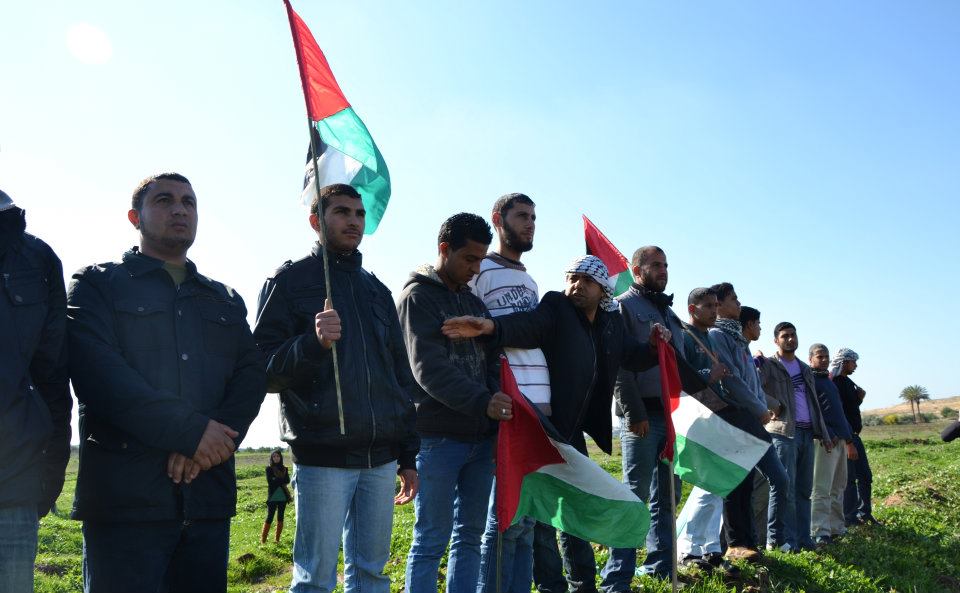Tag: Gaza
-
Gaza will not kneel
27 December 2011 | Palestine’s Youth – Local Initiative – the Popular Resistance Activists, Gaza – Palestine Twenty-three consecutive days of horrendous attacks on the Gaza Strip by the IOF (Israeli Occupation Forces) left more than 1500 Palestinians dead and many more injured. Most of the victims were women, children and elderly people. According to the…
-
Demonstration in Beit Hanoun three years after Cast Lead
27 December 2011 | International Solidarity Movement, Gaza The Beit Hanoun Local Initiative remembered the 1,414 Palestinians killed by Israel during its 2008-2009 “Operation Cast Lead” attack on the people of Gaza during a weekly march in the Israel-imposed “no-go zone.”
-
Open letter from Gaza: Three years after the massacre, justice or nothing!
27 December 2011 | Besieged Gaza, Occupied Palestine We, Palestinians of Gaza, 3 years on from the 22-day long massacre in Israel’s operation ‘Cast Lead’, are calling on international civil society to make 2012 the year when solidarity with us in Palestine captures the spark of the revolutions around the Arab world and never looks…



